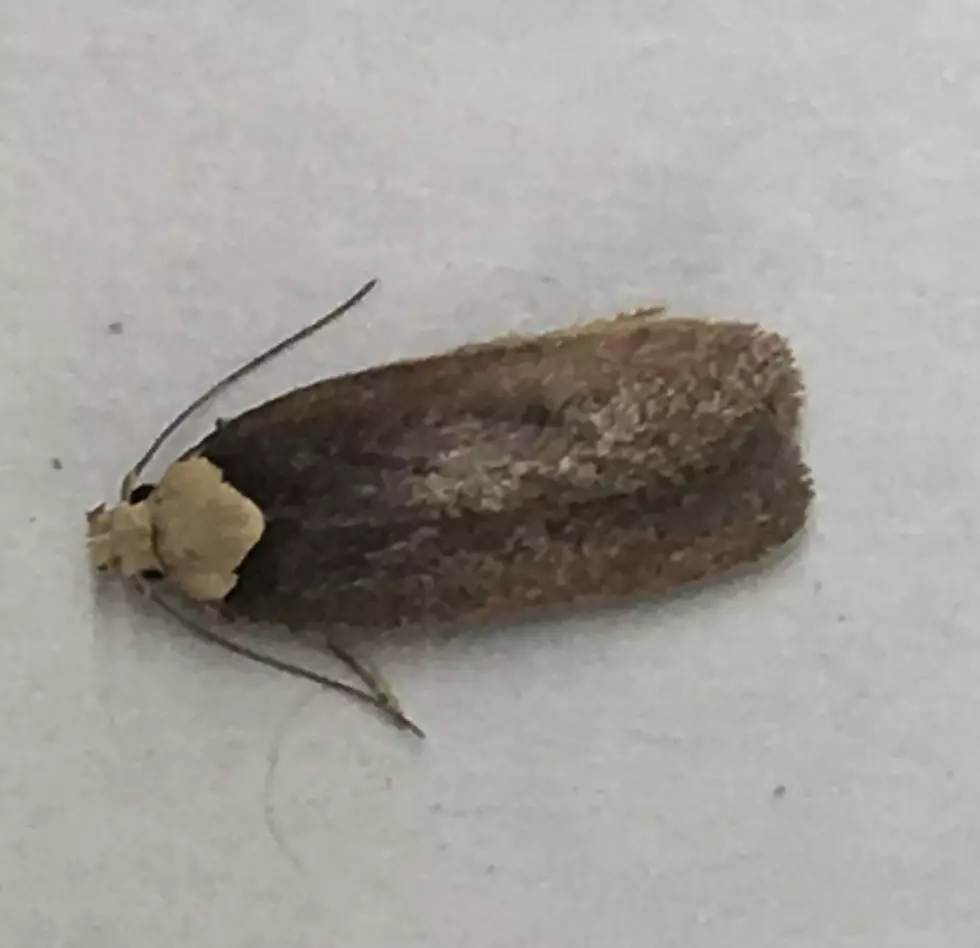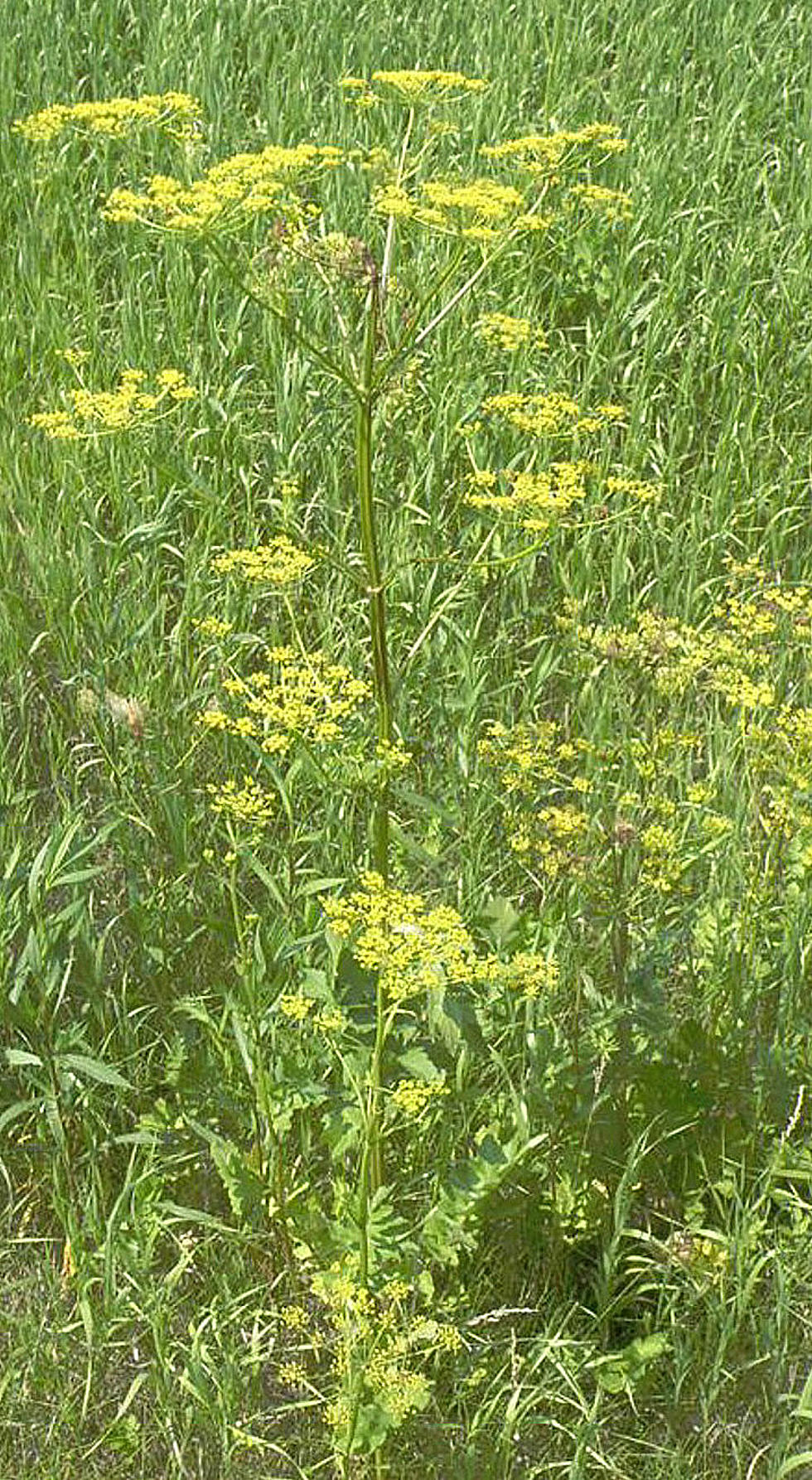
New Insect Found in Minnesota
The Minnesota Departyment of Agriculture (MDA) reports the first siting in the state of the purple carrot-seed moth (Depressaria depressana), an invasive insect that feeds on plants in the carrot family.
In a News Release from MDA it states the insect, "Feed on plants in the carrot family, such as dill, fennel, and coriander. "
"A resident near Stillwater first noticed the insect on their dill plants and reported it to MDA. "
"A second report from Montgomery came in a few days later. With help from the University of Wisconsin Diagnostic Lab scientists wer able to make the identification from photos."
"The moth is native to Western Europe, Russia, and China. It was first discovered in North America in 2008. It has been documented in southern Canada, Michigan, Indiana and Illinois. Most recently it was discovered in Wisconsin in 2018 and Iowa in 2020."
"The impact of this insect is currently unknown but because it is associated with the flowers and not the roots of plants impact on carrots, celery and parsnip crops should be minimal," says Angin Ambourn, Supervisor of the MDA's Pest Detection Unit.
"Crops that are commonly grown for seed like fennel, dill and coriander might be where we see greater impact." She says.
The MDA News Release goes on to state, "Purple carrot-seed caterpillars are dark and distinctive and can be gree or reddish with many white spots on their bodies. The caterpillars feed on the flowers but they also tie the floral parts with webbing and can make herbs like dill unusable.'
"The caterpillars pupate in the webbing and emerge as small purplish-grey adult months a short time later."
"Since this is the first reported discovery of the purple carrot-seed moth in Minnesota the MDA would like to better understand where this insect may be in the state and how big an issue this is to local gardeners."
Residents can report suspected purple carrot-seed moth sitings to the MDA's Report a Pest line by visiting here. A toll-free number is also listed by MDA 1-888-545-6684.
They request clear photos be included when submitting a report.
More information on purple carrot-seed moth and additional photos are available on the MDA website.
Here is some information from the University of Nebraska Extension Service.
Here are some interesting facts about cats,
Why do cats have whiskers? Why do they meow? Why do they nap so much? And answers to 47 other kitty questions:
More From KDHL Radio









